a closer look at a sullivan-designed morris selz residence fireplace header fragment
This entry was posted on October 30 2017 by Eric
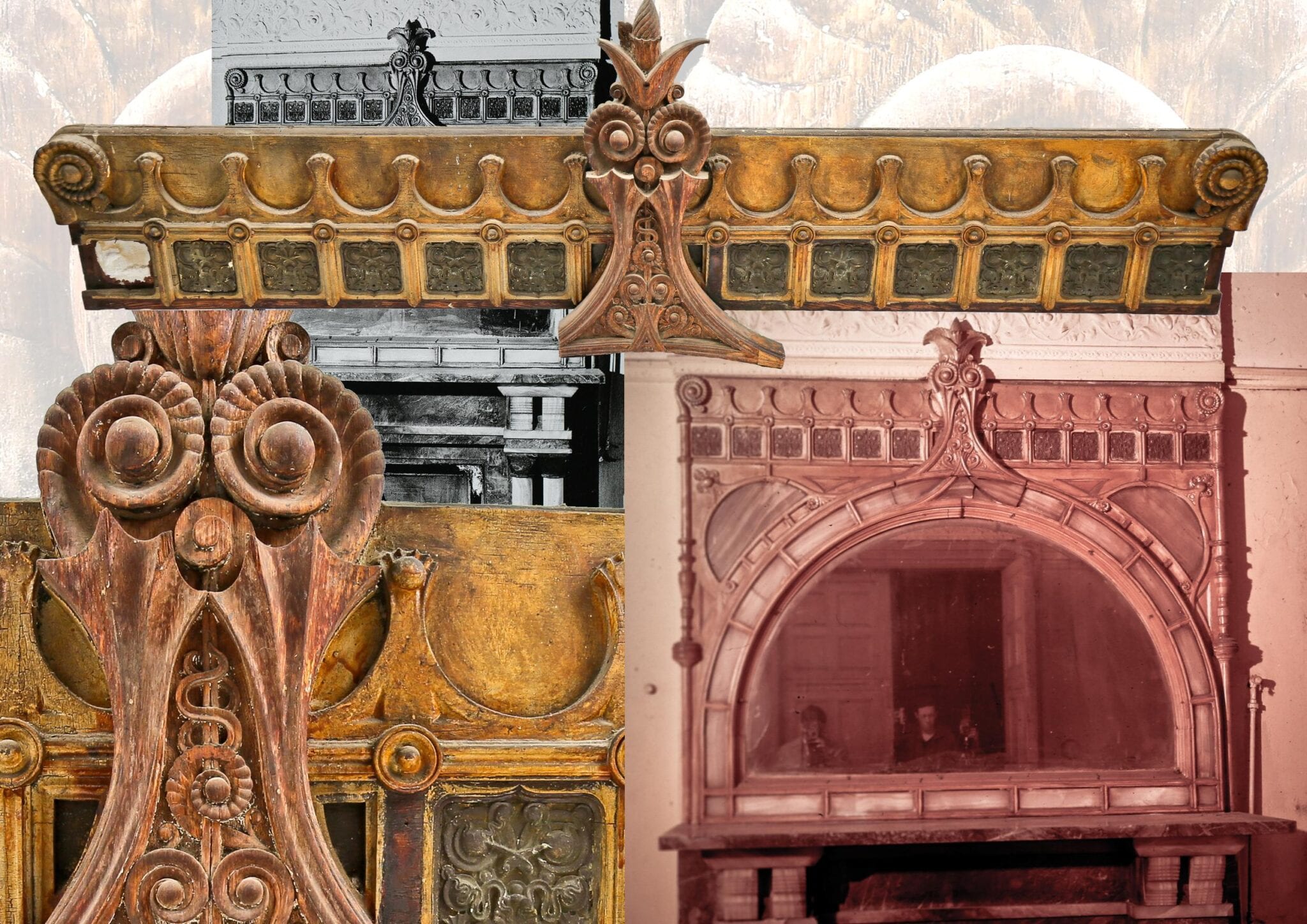
original carved oak wood (with early allover crazed paint) and composite fireplace over-mantel header fragment salvaged from the morris selz residence before its demolition in 1967. richard nickel, john vinci, and john norris salvaged the ornament and photo-documented the exterior and interior prior to its destruction. the kodachrome (first introduced in 1935) color slide and interior residential over-mantel fragment reside in the john vinci collection. images courtesy of john vinci and eric j. nordstrom.

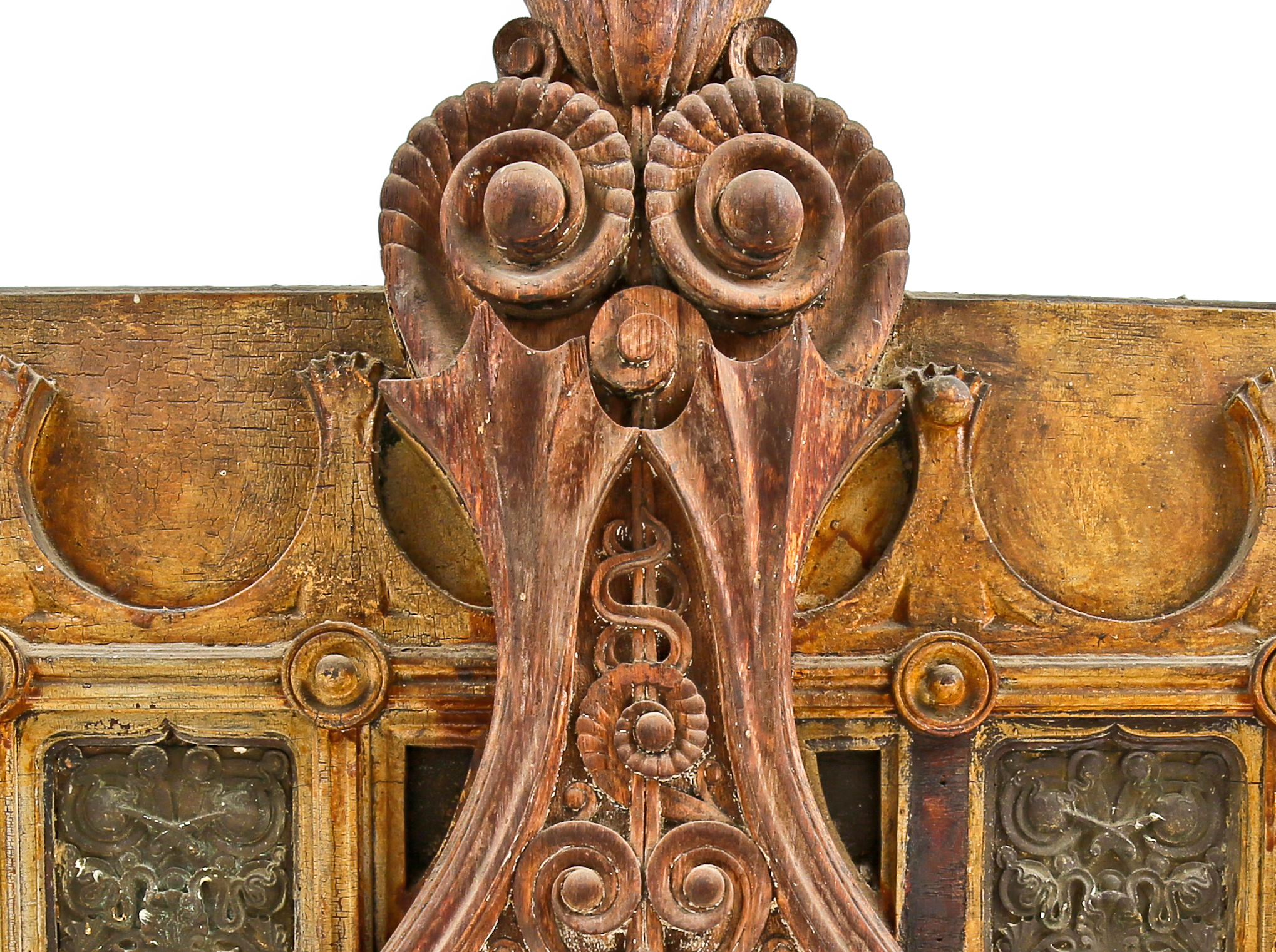
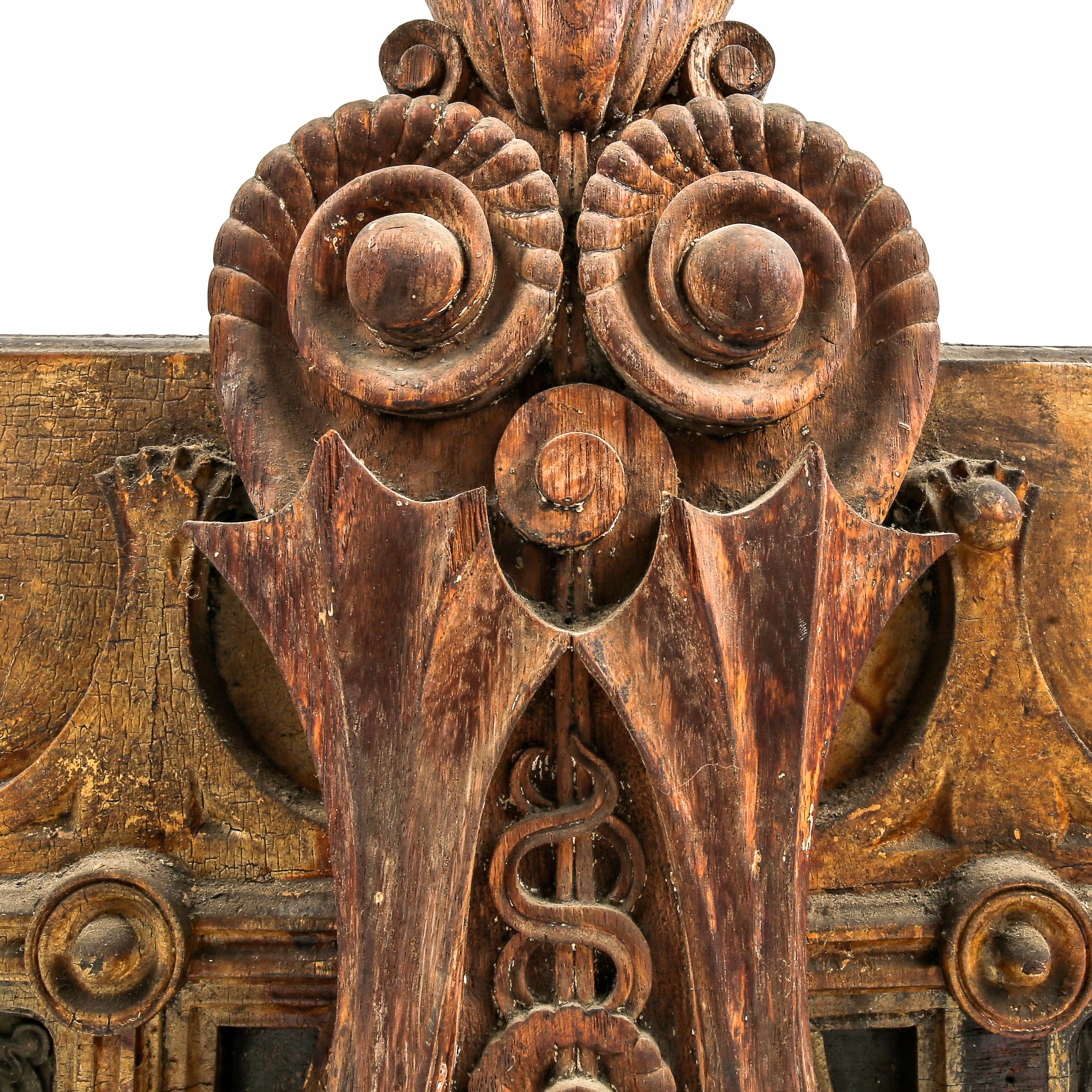
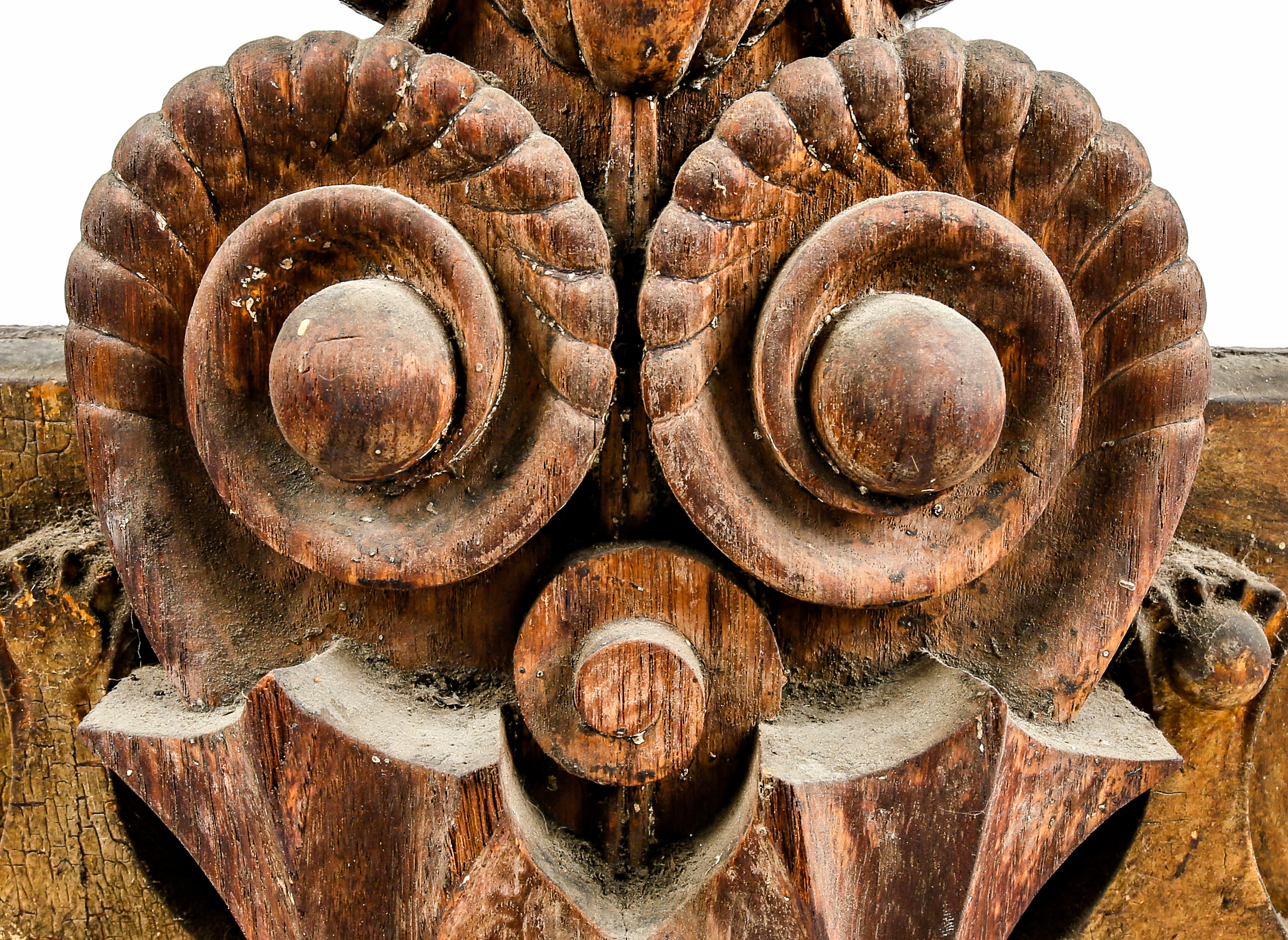
designed by the architectural firm of adler and sullivan, the selz residence was completed in 1883 for morris selz. selz, a native of württemberg, germany, arrived in chicago in 1854 after working in sales for companies in connecticut and georgia. selz started in the clothing business in chicago with selz & cohn, but in 1871 he entered the wholesale shoe trade, founding m. selz & co. by the following year, the east madison street factory of the firm had about 350 employees, who made about $1 million worth of hand-pegged boots and shoes each year. selz's company now ranked among the leading shoe manufacturers in the midwest. the enterprise became selz, schwab & co. in 1878, when charles h. schwab—another german immigrant who had arrived in chicago in 1854—joined the firm. by the beginning of the twentieth century, the company employed about 1,500 workers at its factories around northern illinois, which were located in chicago, joliet, genoa, and elgin. by this time, selz, schwab & co. manufactured about 12,000 pairs of boots and shoes per day, which placed the company among the leading makers of footwear in the united states. selz remained a major footwear company throughout the 1920s, before the great depression crippled its sales and forced its factories to close. he died in his home in 1913, located at 1717 s. michigan avenue (demolished in 1967).

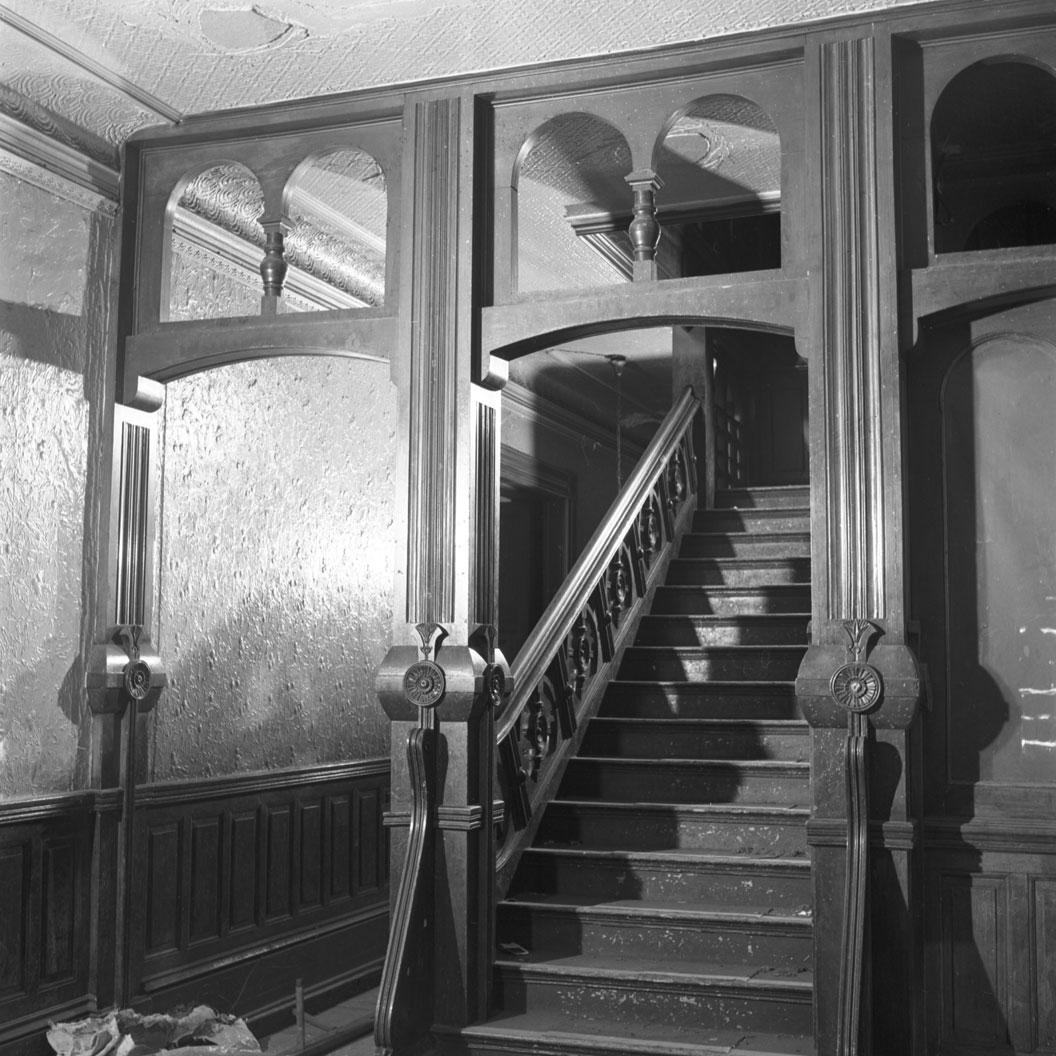
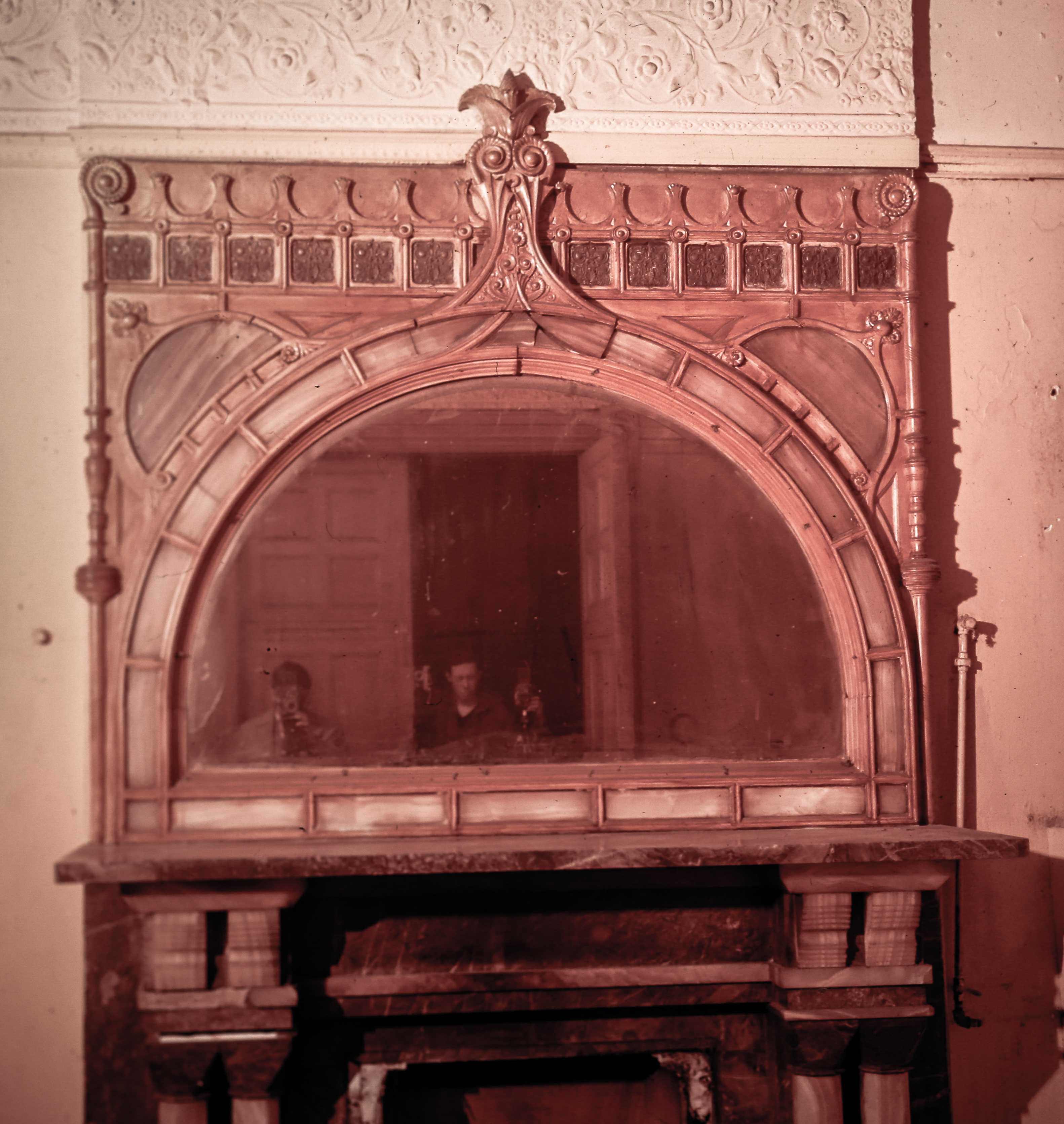
amazingly, the header fragment has not been altered since its removal from the house shortly before it was demolished in 1967.
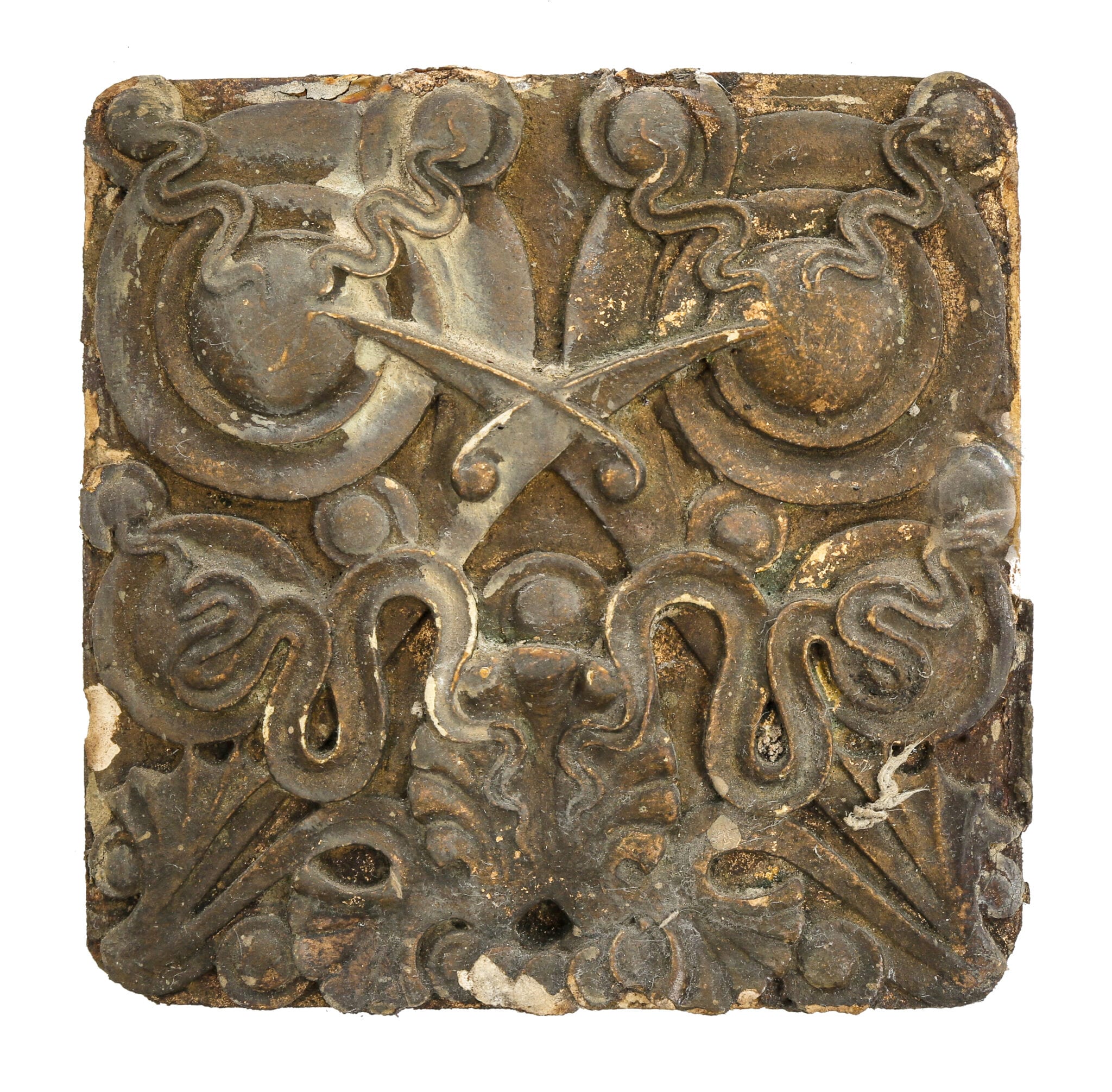
one of twelve original sullivan-designed pressed composite diminutive inserts from the selz mantel header. the finish hasn't been cleaned and/or altered since removed in 1967.
This entry was posted in , Miscellaneous, Bldg. 51, Events & Announcements, Featured Posts & Bldg. 51 Feed on October 30 2017 by Eric
WORDLWIDE SHIPPING
If required, please contact an Urban Remains sales associate.
NEW PRODUCTS DAILY
Check back daily as we are constantly adding new products.
PREMIUM SUPPORT
We're here to help answer any question. Contact us anytime!
SALES & PROMOTIONS
Join our newsletter to get the latest information
























